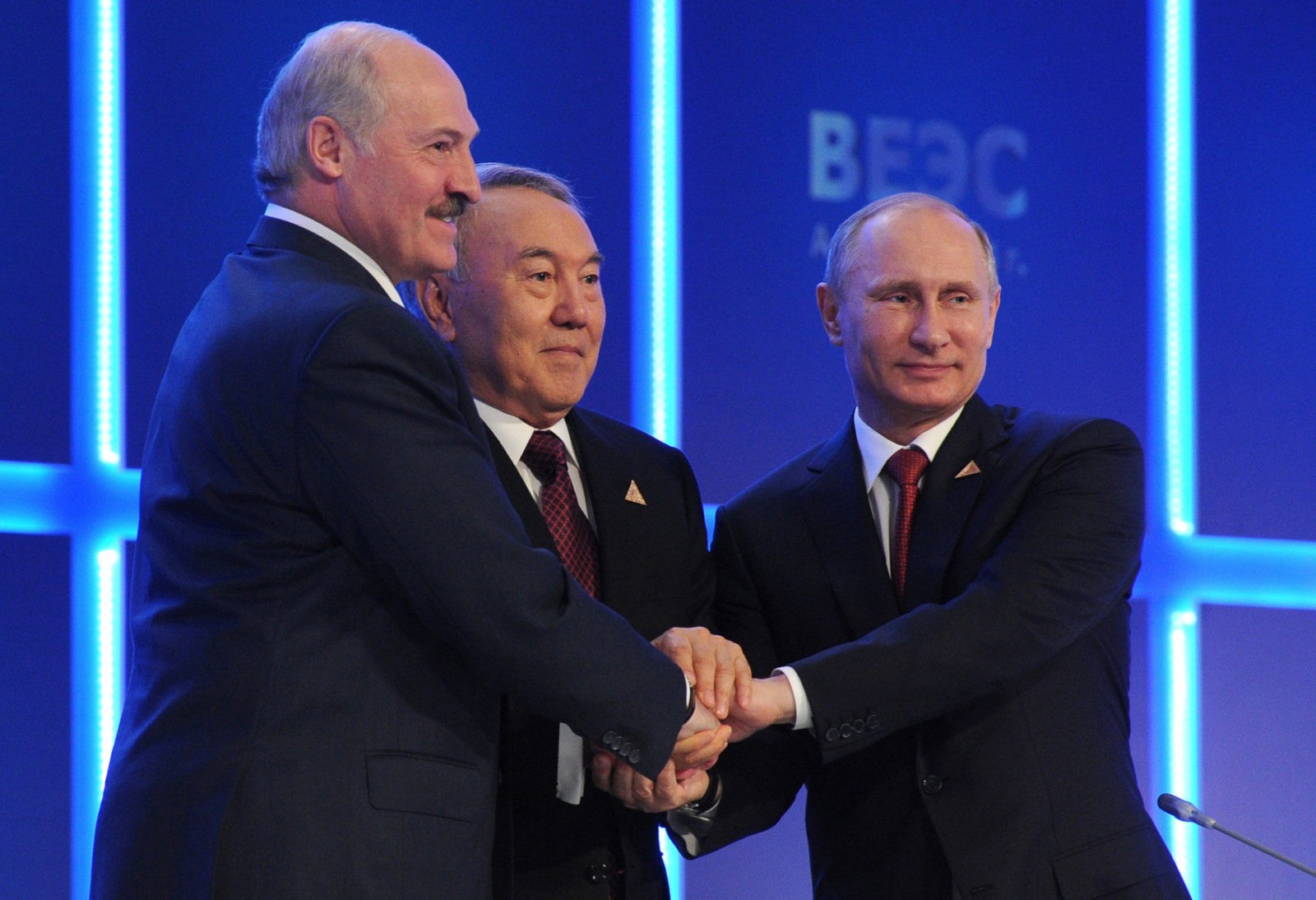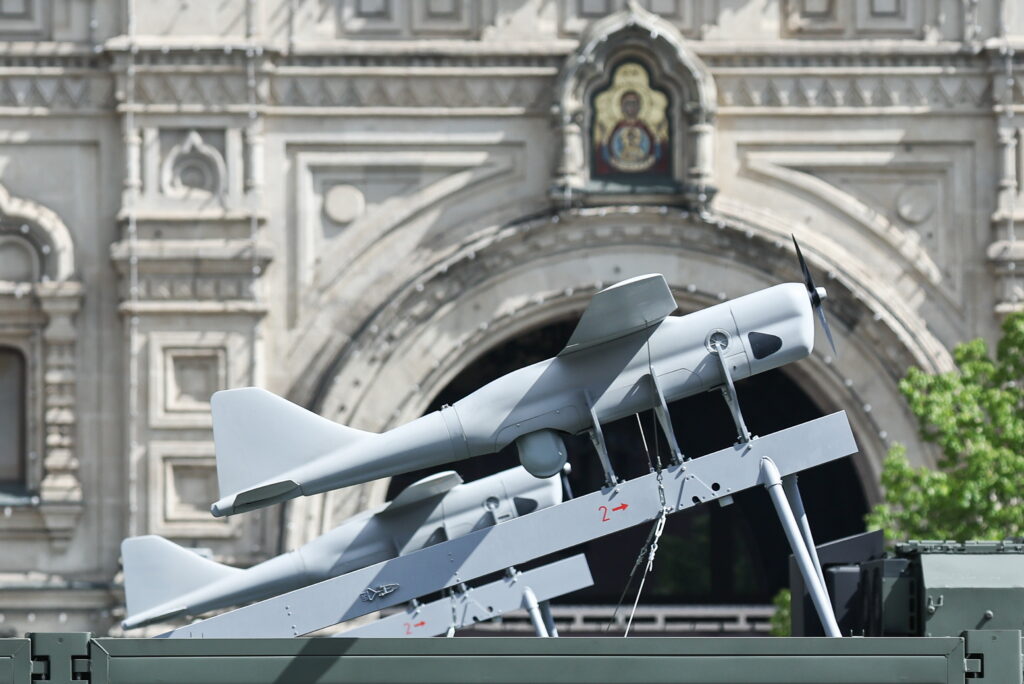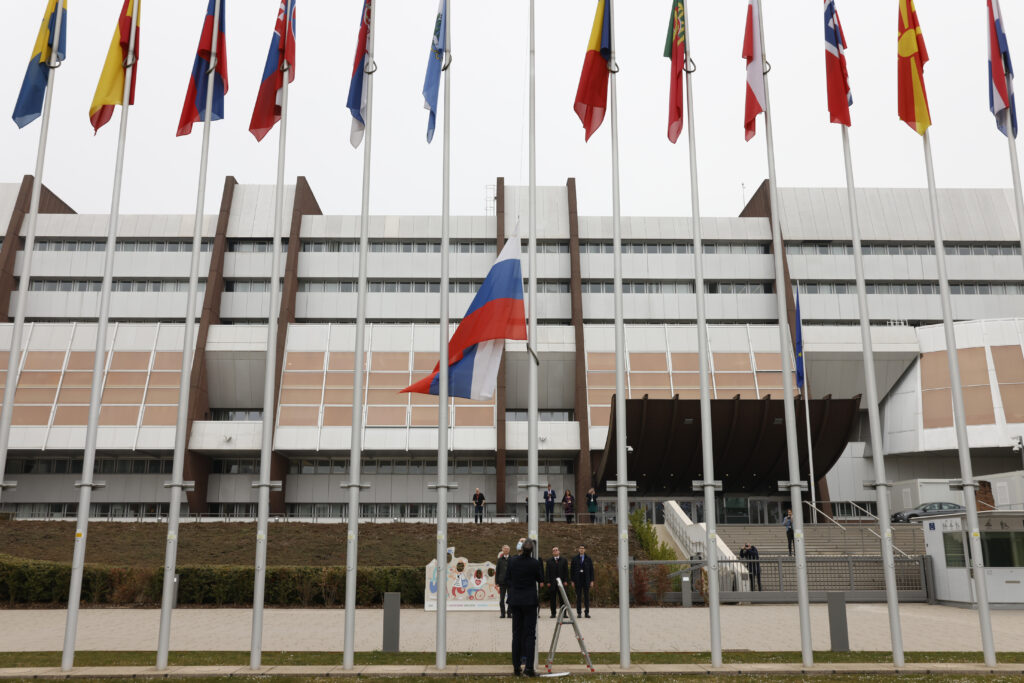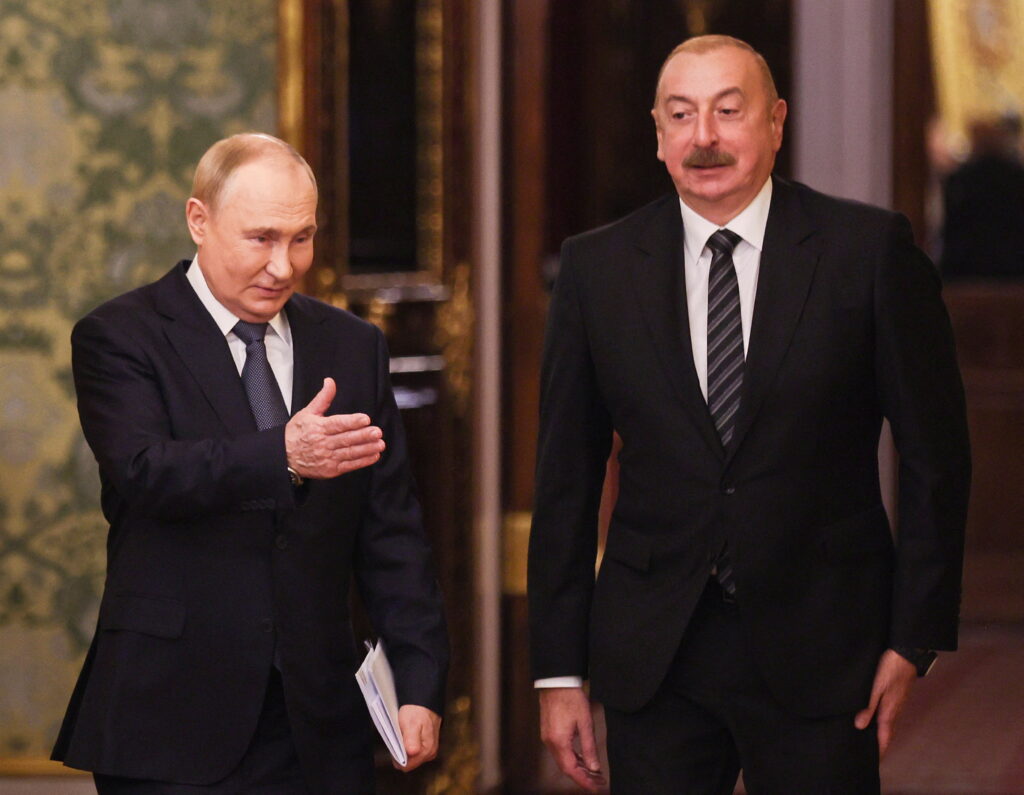There is one (and it seems that only one) area of activity of the Russian leadership, where, according to its own statements, Russia’s successes are many and undeniable. This is a national foreign policy. Within this sphere, there is an even more successful direction — regional integration around Russia in the post-Soviet space and the Eurasian Economic Union (EEU) as the last and most convincing example of institution-building.
It is almost indecent to doubt these obvious successes in Russia. Even so, it is needed: contrary to various statements, evidence of the great progress of integration initiated by Russia is not found. Moreover, it is not clear how rational these efforts are. If we are talking about Russian dominance in the post-Soviet space, then this is easier to achieve (and easier to maintain) through bilateral relations with post-Soviet countries. Russia has many different “bargaining chips” to pressure neighbors. This pressure, though, can be successful only when Moscow builds individual bilateral relations. Multilateral relations (institutions of regional integration), weak though they are, actually limit Russia. So why invest in these?
Explanations internal and external
Russia initiated associations in the post-Soviet space almost right after the collapse of the USSR. That came in the form of the Commonwealth of Independent States (CIS). However, pretty quickly it became clear the CIS was too weak a union. It can only serve as a “shock absorber” of decay, no more. Thus Russia began to create integration groups with fewer participants — the Collective Security Treaty Organization (CSTO), the Eurasian Economic Community (EurAsEC) and the Customs Union. The most “faithful” supporters of Russia were Belarus and Kazakhstan. The greatest challenge came from Ukraine, the strategically most important country for Russia. In 2011, Moscow began bilateral negotiations with leaders of post-Soviet countries (including Ukraine). The aim was a new project: the Eurasian Economic Union.
There are many standard explanations for such boisterous activity on the part of Russia. Firstly, the need to maintain a political regime, for which it is critically important to maintain a high (very) level of support for the president among the population. Indeed, the reintegration of the post-Soviet space is an important part of Russian domestic policy: according to a 2019 VTsIOM survey, 76% of Russians are positive about the EEU (70% in 2014). It is vital for the Russian leadership to keep the image of the “revival of Russia as a great power”. An argument in favor of this explanation? The sharp increase of integration activities before each national election: the national election campaigns in Russia, starting in the mid-90s, came with leader statements about their intentions to reintegrate the space around Russia. After the election, this topic became less present.
Second explanation: geopolitical. The essence here is to create a Russian sphere of influence in the post-Soviet space. This could limit the influence of external players in the region.
Declaring the need for stabilization and consolidation in the region, Moscow actually strove to reach the so-called “absolute threshold”. That is, a situation where smaller countries would have no choice but to bandwagon with Russia. It is clear that Russia, in principle, could not reach the “absolute threshold” in relations with its post-Soviet neighbors due to both a lack of resources and the need to compete with other centers of power. But “soft dominance” on the part of Russia could well bear fruit (and was bearing fruit) in the form of several weak integration groups around it. The development prospects of tese groups were extremely limited. But they did not need large expenditures from Moscow. And they performed some tasks. Everything changed, though, with the Ukraine crisis of 2014.
EEU: Russia compromises
The Eurasian Economic Union arrived on January 1, 2015. It followed an agreement signed on May 29, 2014 by the leaders of Russia, Kazakhstan and Belarus. In 2015, Armenia and Kyrgyzstan joined the Union. Thus the project, which was painstakingly prepared for several years and an important element of which was the participation of Ukraine, was signed in a hurry – and without Ukrainian participation. Fearing international isolation and seeking to support political (and “patriotic”) consolidation in the country, Moscow had to quickly show foreign policy success. And post-Soviet integration once again came to the rescue.
Moscow did not just need a successful project; it needed it precisely in the year of the Ukrainian crisis. And it had to be paid for: the consent of the post-Soviet countries — future members of the EEU – was bought at a high price. There were concessions, both in favor of individual countries (through individual bilateral negotiations with national leaders), and in favor of greater multilateralism. National cases show that each country (except, perhaps, Kazakhstan) actively traded with Russia under the terms of membership in the EEU. So, for Belarus and Armenia, priority went to prices for energy resources and access to Russian loans and investments. Kyrgyzstan received more favorable conditions for investment cooperation. Most key, it got liberalization of the conditions for the entry and stay of labor migrants in Russia. As for multilateralism, formally the institutions of the new Union were built on an equal footing. Both small Armenia and huge Russia receive two votes each in the Eurasian Economic Commission, the main supranational regulatory institution of the EAEU. This body carries out the practical functions of implementing the integration process. This commission also has an important symbolic meaning. It was conceived precisely as a supranational body, representing the interests of not individual states, but of the Union as a community. However, formal multilateralism only masks the old principle of Russia’s actions: its asymmetric bilateral relations with each member country of the Union.
The Ukraine crisis gave Moscow a lesson: it showed how too much pressure on the post-Soviet leaders is dangerous and can provoke political instability with unpredictable consequences. In 2012-2013 Moscow’s excessive pressure on ex-president of Ukraine Viktor Yanukovych made him make a “geopolitical choice” in favor of Russia. However, this choice was not accepted by his own country. As a result, Russia lost Ukraine.
Post-Soviet countries also received an important lesson. The crisis aggravated fears of Moscow. The annexing of Crimea and the conflict in eastern Ukraine showed the borders of post-Soviet states are not inviolable. Russia, using the argument about the need to support the Russian-speaking population, showed it was ready to use both military force and “soft” political pressure for direct encroachments on the national sovereignty of neighboring states. This was demonstrated for the first time, because in the case of Georgia, Russia did not formally annex the territories of Abkhazia and South Ossetia. Recall how the problem of the Russian-speaking population is relevant for Kazakhstan with its significant (more than 20%) minority of ethnic Russians in the north of the country. It is not surprising the annexing of Crimea was an unusually unpleasant surprise for the leadership of Kazakhstan. The elite there became sensitive to any sign of disloyalty from ethnic Russians. So, in 2015, a court in eastern Kazakhstan sentenced a VKontakte user to five years in prison. The user had posted a poll asking people if they would support the idea of joining the eastern parts of Kazakhstan to Russia.
The problem of credible commitments, which was already fraught between Russia and its neighbors, has become acute. Risks of membership in integration projects where Russia dominates have increased. At the same time, smaller countries see how Russia cannot afford to lose a single EEU member country. This would be its obvious failure. That gives Russia’s neighbors new conditions: by demonstrating formal loyalty to Russia, they resist strengthening its influence. It’s enough to recall that they did not support Russia’s actions in Ukraine on the scale that Moscow was counting on.
Conclusion: the last attempt will remain the last
Until 2014, attempts to integrate post-Soviet neighbors on Russia’s terms were basically rational. Integration projects carried out their task both domestic and foreign while the foundation of relations was still bilateral. The latest project, the EEU, implemented under special conditions, is a completely different matter. It had to have more versatility, since Russia’s motivation was different; Russia had to compromise. After the creation of the project, Russia, as a rule, loses interest in it (this also applies to the EAEU). So such multilateralism is unlikely to scare Russia. However, other news is worse: the creation of the EEU in a hurry during the Ukraine crisis and immediately after the annexation of Crimea put an end to hopes for real integration projects in the post-Soviet space (at least those oriented on Russia and driven by Russia). The consequence of the Ukrainian crisis was not unification. On the contrary, it has led to increased deconsolidation of the post-Soviet space due to small countries having more opportunities for a multi-vector (i.e., not oriented to Russia) foreign policy. At the same time, the level of trust in Russia fell.
Confidence building is an inert process; restoring lost trust is more than problematic. The lack of confidence in Russia’s obligations will determine its relations with its neighbors in the future. Even if the Russian leadership suddenly and fundamentally makes a democratic choice, it will be years, if not decades, before neighboring countries believe in the good faith of its obligations. Therefore, with a high degree of probability, the EEU can be considered the last attempt of pro-Russian post-Soviet integration – not only in time, but also in essence.











